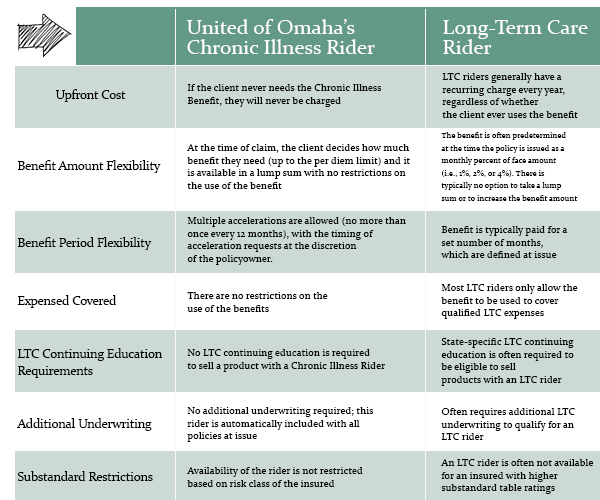
Finally, the rise of chronic illness has increased the role of families in providing care for their sick and/or disabled members and caused governments to reassess their health policies. Second, chronic illness challenges the assumptions of modern medicine which, based on the "germ theory" of disease, has focused on finding cures for short-term illnesses with clear causes. First, it accentuates global disparities in health and wellbeing, as most people living in less-developed countries have shorter life spans and high rates of death from acute, parasitic, infectious, and/or poverty-related illnesses. This shift in the disease burden from acute to chronic illness has several important consequences. In many cases, the specific cause of a chronic illness cannot be determined, and its diagnosis and treatment can be difficult. Chronic illnesses, now the leading cause of death in industrialized countries, often develop gradually due to a combination of environmental, genetic, or social factors. As these examples suggest, chronic illnesses range in severity from those that are relatively mild and can be controlled by medical therapies and changes in health behaviors to those that are severe, degenerative, and terminal, causing disability and creating the need for long-term, extensive medical care. Examples of chronic illness include asthma, allergies, heart disease, diabetes, hypertension, stroke, cancer, cystic fibrosis, sickle-cell disease, varicose veins, arthritis, cirrhosis of the liver, renal disease, and mental illness. The National Commission on Chronic Illness defines a chronic illness as having one or more of the following characteristics: It is long-term or permanent it leaves a residual disability its causes, natural course, and treatment are ambiguous it is degenerative it requires special training of the patient for rehabilitation and it requires a long period of supervision. By the mid-1900s, people living in developed (industrialized) countries experienced a sharp decline in their incidence of acute, infectious illness and an increase in rates of chronic illness. Symptoms of Constipation in Children.Patterns of health, sickness, and death differ dramatically among countries based on levels of economic development, health policies, and medical technologies. National Institute of Diabetes and Digestive and Kidney Diseases. Treatment Guidelines for Primary Nonretentive encropesis and stool toileting refusal. Comorbidity of functional urinary incontinence and encopresis: somatic and behavioral associations. Treasure Island (FL): StatPearls Publishing 2022 Jan. Principle-Based Stepped Care and Brief Psychotherapy for Integrated Care Settings.


This is useful where alarms do not work to alert a child to use the toilet. Nighttime awakenings: Here, children are woken up at regular hours during the night.Dry Bed Training: This is another option which combines the bell and pad with behavior treatment for the child with parental support.

The bell and pad method intends to stop the stream, allowing urine to be passed in the toilet instead. This device contains a sensor that makes a noise when wet to stimulate the child to wake up. Bell and pad method: This requires a child to wear a device to sleep.


 0 kommentar(er)
0 kommentar(er)
